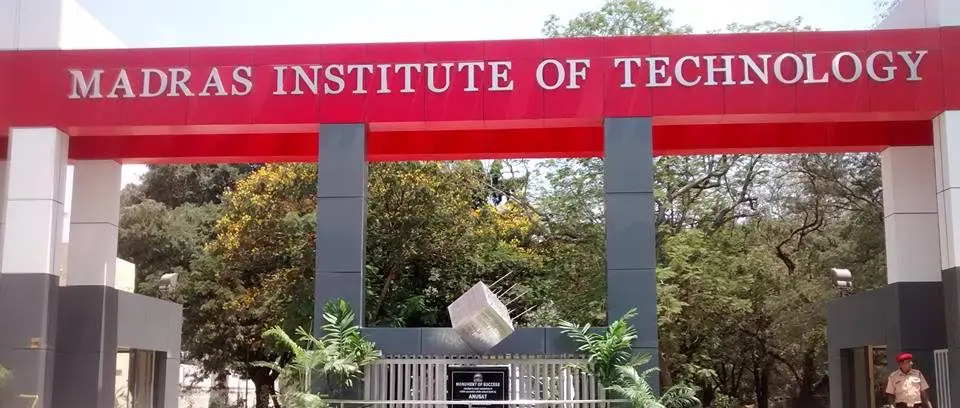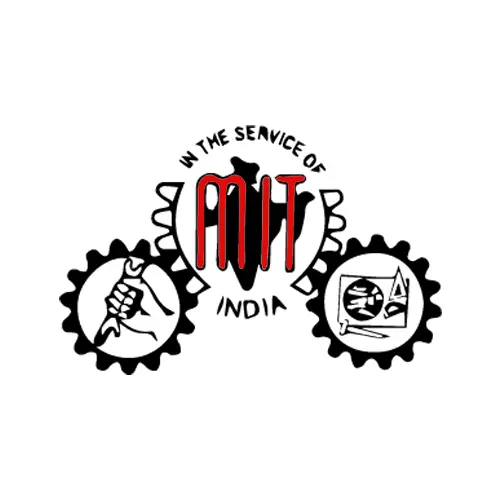Overview
Mr.C.Rajam, with his remarkable characteristic pioneering spirit, patriotic fervor and unwavering enthusiasm donated an amount of Rs. 5 lakhs by selling his own property of his house and founded the MIT, in July 1949 as an All India Technological Institution. During those ages, when all other Engineering Institutions were offering conventional courses in Civil, and Electrical Engineering as well as Mechanical at the Under-graduate level, it was the rare innovation and foresight of Mr. Rajam that made to launch a bold experiment by introducing for the first time in our country, totally new areas of specialization in Engineering, such as Aeronautical Engineering, Electronics Engineering, Automobile Engineering, and Instrumentation Technology.
Academic Performance
The institution offers 14 undergraduate courses and 22 post-graduate level courses along with 5 research level programs across its department. A number of students are pursuing their careers under this very reputed institution, guided by experienced faculties as well as the management. Till today, the Department of aerospace has been leading the way in propelling aerospace education and indigenous research in its field.
The department of Electronics is supported by DST – FIST & UGC –DRS-SAP Phase II program. The Department of Applied Science and Humanities has four disciplines viz. Mathematics, Physics, Chemistry and English.
Research & Development
Besides these activities, the department is dynamically involved in the R&D activities with the Centre of Excellence in Automotive Technology and Centre for Automotive Research and Training.
The cutting-edge research areas of the institution include Communication Technologies, Signal Processing, Wireless Communication, Network Security, Image Processing & Pattern Recognition, Optical Communication, Sensor Networks, and VLSI. Instrumentation department got into the areas of Process Control and Automation, Image and Signal Processing, State Estimation, Drives and Control, Sensors and Networking, Cryptography & Network Security, Internet of Things (IoT), Multisensor Data fusion, Biomedical Instrumentation etc.
Placement Highlights
The Placement Cell of MIT looks after the placement activities for both the PG and UG students and is connected with the Center for University-Industry Collaboration (CUIC) of Anna University. Every year around 85% of the students are recruited from the automobile department as soon as they enter the seventh semester by several leading companies in the country.
Notable Alumni
Bharat Ratna A.P.J. Abdul Kalam, the Indian aerospace scientist who served as the 11thPresient of India from 2002 to 2007 started studying aerospace engineering at Madras Institute of Technology in the year 1955. S.Rangarajan, the popular Tamil author who wrote over 250 short stories, 100 novels, 10 stage plays, 10 books on science, and a slim book of poems studied engineering in Electronics from Madras Institute of Technology. Susi Ganeshan, the Indian film producer, director, screenwriter and scriptwriter studied automobile engineering at Madras Institute of Technology. Kailasavadivoo Sivan, under whose chairmanship ISRO launched Chandrayaan 2, got his bachelor’s in engineering from the institute in 1980. Padma Bhushan Ram Narain Agarwal considered as the ‘father of the AGNI series of missiles’ is one of the eminent alumnus of the institute. R. Aravamudan, a veteran space scientist from India is an electronics engineer from Madras Institute of Technology.

